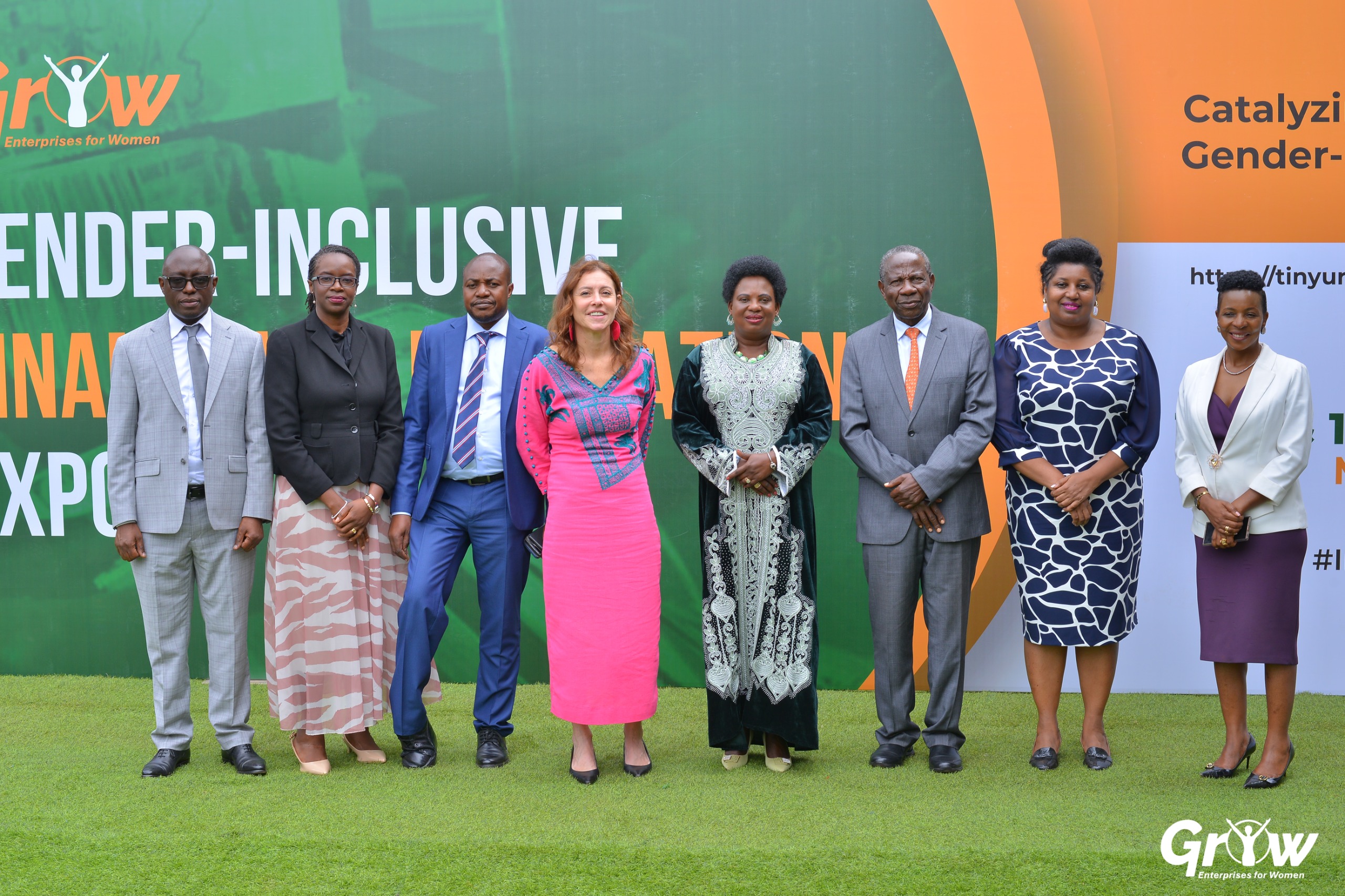It is estimated that 5.2% of Uganda’s population or approximately 2.2 million Ugandan nationals live in the Diaspora according to the United Nations.
Brazil- 400,000, USA- 116,807, UK- 100,000, Italy- 50,400, Netherlands- 40,000, Germany- 29,500
Canada- 35,495, about 100,000 in the UAE, 150,000 in Saudi Arabia, among others.
The total population of Uganda is estimated to be at 44.27 Million people according to Wikipedia.
As stated above, the 2.2 million diaspora citizens make up 5.2% of the documented population. Statistics show that the majority of Ugandan nationals emigrate to USA, United Kingdom and Canada according to Wikipedia. Others that left due to political instability flooded DRC, Somalia, Burundi, Saudi Arabia.
Uganda Diaspora Remittances
Overall Uganda receives 49% of the value of remittances from developed countries and 51% from developing countries, especially its neighbours according to the World Bank. Currently Uganda receives well over $1 Billion in remittances from all over the world.
How Funds Are Remitted to Uganda
Channels used by most Ugandans to send money back home to friends and relatives:
World Remit, Mpesa, Remitly, Wise (formerly known as Transferwise)
Western Union.
Reasons for sending remittances to Uganda
Remittances have become an important source for socio-economic equalizing and leveraging for many households and nations of the developing country. Migrants are said to have become the lifelines of their families back home.
Unfortunately, majority of the remittances sent home are primarily for upkeep of the family the members remaining in Uganda with very little for investment.
Why Ugandans Relocate to the Diaspora
The decision to emigrate in Uganda has often been a response to a combination of several factors, including economic, social and political and environmental factors such as poverty, landlessness and economic dislocations.
These factors are also often linked to factors such as trade, urbanisation and the growth of administrative sectors, agriculture, land degradation and rural poverty to induce migration, both internal and international.
Among potential emigrants, the largest number say they would move to another country generally in search of economic opportunities.
In his recent State of the Nation Address on June 7, President Yoweri Kaguta Museveni gave an astonishing update on the status of Foreign Direct Capital Inflow, indicating a surge in investment capital from outside countries.
Whereas the above could sound good in the ears of the nationals, profit repatriation should be considered which would somewhat slow down the rate at which we are expected to progress.
In the same address, the president expressed optimism that GDP was projected to grow by the end of FY 2023/24 up to UShs.207.22 trillion (equivalent to USD 55.17 billion), translating to USD 156.76 billion in PPP terms. This in turn is projected to grow our GDP per capita to USD 1,186, up from USD 1,096 in FY 2022. This is all reason for celebrations, no doubt.
Our industrialization drive, the president said is also bearing fruit, with many factories being set up. We already have eight Government owned industrial parks which are currently operational. These include: Kampala Industrial and Business Park at Namanve with 125 companies operational, 144 companies under the construction stage and 106 companies at the planning stage, giving a total of 375 factories or companies; Luzira with 11 companies operational; Bweyogerere with 8 companies; Soroti with 2 companies operational and 5 companies at the construction stage; Tian Shan Mbale Park with 16 companies which are operational while 4 are under construction stage; Jinja with one (1) company for assembling electric buses operational; Mbarara for small scale enterprises (SMEs) for which 35 workspaces are occupied; and Kasese where one (1) company is operational and 5 are under the construction stage. Both Karamoja and Koboko Industrial parks will soon start. In addition, we have three(3) industrial parks which are operational under a Public-Private Partnership (PPP) arrangement.
These include Liaoshen Kapeeka with 17 companies; MMP Buikwe with 6 companies operational; and Tian Tang Mukono with 4 companies. The total capital investment within the industrial parks so far is US$ 2.93 billion and 98,263 direct jobs created with many more indirect jobs. In total, 226 factories are operating within the industrial parks while 303 factories are either under construction or the planning stage. The development of industrial parks is one of the vehicles for socio-economic transformation, with the projected creation of 2.5 million jobs in the next five years. The factories in the Industrial Parks, do not include the stand-alone- factories owned and operated by many different investors. These are factories that belong to the Mukwano and Mulwana Group, etc. These are a total of 354 factories employing an additional 101,000 people. The total number of factories in Uganda is 4,008, with a total number of employees of 150,685.
To realise the above goal, massive investment needs to be injected into the economy. Much as the government is doing its best to attract investors into the industrial sector, a lot is still needed. Further, a focus on agricultural modernisation through irrigation and fertiliser application, the development of modern infrastructure, and enhancing our tourism potential, among others, the participation of the diaspora would come in handy at this moment.
As said earlier, the one billion dollars in remittances the country receives are majorly from family support. That means that should our population abroad get enticed to invest massively in their country, this figure could rise to as much as 10 or even 20 billion. This would in turn create employment opportunities, enhance the country’s tax base, modernise the economy and improve standards of living.
Unfortunately, this will not come automatically. The majority of the diaspora population would prefer to invest their money in their host countries rather than their home country. This is particularly due to several reasons, including corruption, hardships in transmitting money into the economy, an unfavourable investment environment that tends to favour foreigners at the expense of nationals and above all, negative publicity fueled by the opposition.
There is a need to categorically target the diaspora to encourage them to send their earnings back home with the assurance it will be safe. With the rise of the Muhoozi Movement, the focus is being directed towards engaging the diaspora comprehensively to mend the fences that have long been ruptured by the enemies of the state who ignorantly tend to circulate a rotten picture about the country unaware it will return to haunt them as well.
Some falsehoods have been spread against the country which not only scares away potential investors but also tourists, leading to a loss of billions in revenue. Yet the diaspora can be good ambassadors to clean the image of their country, little has been done by the government to have them onboard. The earlier decision-makers realise this urgent need, the better.
The Author is the Head of External Relations of Team Chairman MK US Chapter.
Do you have a story in your community or an opinion to share with us: Email us at editorial@watchdoguganda.com












